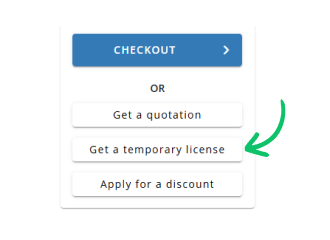With GroupDocs.Viewer you can render CGM to HTML, JPEG, PNG or PDF in a few steps.
- Install GroupDocs.Viewer for .NET using your favorite package manager.
- Create an instance of Viewer class and load the CGM file with full path.
- Set options to render CGM file into HTML, PNG, JPEG or PDF format.
- Render file and check output in the current directory.


